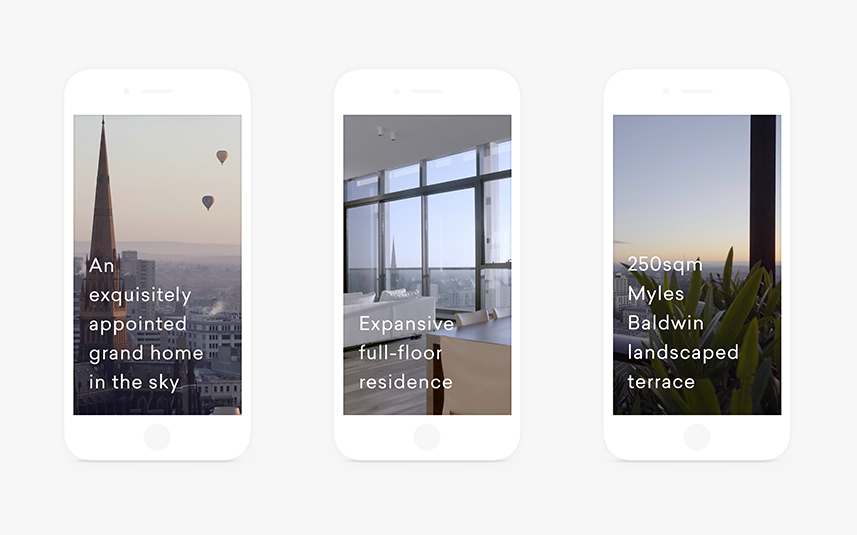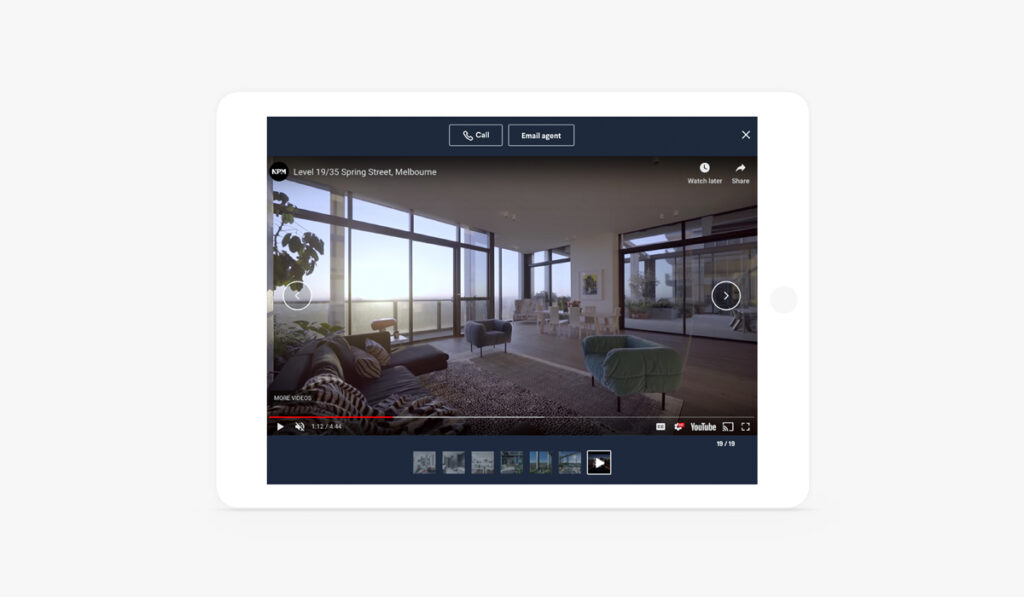
Our approach to developing video content
The next time you are sitting on the tram or train, take a look around and count how many people are watching videos on their phones.
There’ll be someone streaming Netflix, another catching up on last nights episode of the Batchelor, while others are watching their favourite Youtube channel. As makers of video content, we need to be aware that we are competing in a very crowded space… one that we haven’t been invited into.
Video has always been important, but now it’s no longer just one piece of the marketing plan. It is on every platform and channel and is essential for your outreach and social strategies.
Build the story and adapt it to the device or platform
Stories are crucial. They need to engage us within three seconds, and it’s the successful brands that have recognised that we are now watching them across multiple platforms and channels.
Understanding that people are now consuming more of their messages on mobile devices, as marketers we need to change the way they tell stories. When we sit down to write a story for our clients’ brands we first strategically look at where and how the viewer will consume it.
Our recent Content piece for the full-floor residence at Level 19, 35 Spring Street is a great example of this. Once we had written the narratives, we then drafted multiple storyboards based on our multi-channel strategy. Firstly, the long-form storyboard for our client’s website. Then, a shorter version for real estate channels. Both of these versions were shot and edited in 16:9 (horizontal) format.

From there we look at our Social channels – Instagram and Facebook. With Instagram Stories, vertical viewing is the new normal, so visually we ensure that the master long form film is shot with the vertical format in mind. Will we get a vertical frame out of the footage? Will we have shorter takes of pans, zooms and so on, to ensure the pacing of the content matches the attention span within the Instagram environment? All are considered from the start.
Timing is another consideration with Instagram Stories. You’re constrained to a maximum of 15 seconds for each video, so to tell a story longer than this, it needs to be cut into 15-second sequential blocks. These blocks need to make sense on their own, in case the viewer decides to skip, or as a complete story if the viewer decides to watch all of them together.
Audio is optional
Very few people have the volume turned on in their social media stream, so you need to make sure that your story works with, or without sound. Often we will create multiple versions, one with audio and another with subtitles or supers to ensure the narrative is conveyed no matter what.
We can create amazing storylines and visuals, but it takes most viewers less than three seconds to decide whether to swipe or to watch. To give our content its best chance of being viewed, we need to remove as many of these potential roadblocks as possible.
The way people consume content of all kinds has changed. When it comes to content of the marketing variety, if we are to maximise its effectiveness, we need to embrace the new formats, orientations and attention spans, and go where the eyes are…
Get in touch to discuss how we can elevate your brand content for your customers.
